The best time to leave for your bug out location is just before a major crisis occurs. But all of your carefully made plans and preparations will easily go to waste if you do not know how protect them from spying eyes.
Do you know how to avoid being followed and how to escape any tails that try to follow you?
Never forget that in the days leading up to a crisis, there may well be people that have access to information that you do not have. They will use that information to stop people like you that choose independent survival means.
Sharpen your senses and read this article, because this tricks will be really useful to plan your escape.
Do You Know the Signs of Other Groups Traveling Your Selected Route?
- That very strong nagging feeling that you are being followed, but you do not see, hear, or observe anything or anybody around.
- New or increased numbers of vehicle or human tracks on dirt roads or pathways.
- Increase of trash or garbage along your chosen route.
- Actually seeing other groups in the distance or way behind your group.
When to Switch to Alternate Routes?
- Once you feel reasonably certain that your group is being followed.
- When other groups are trying to close the gap between their group and yours.
- Search aircraft or vehicles are observed in your area.
- Adverse weather like heavy rain, snow, or heavy wind make it harder for tails to follow your changes. Keep in mind that advanced technologies may still give your location away. Always try to stay on paths where the ground features break up radar and heat signatures.
- After dark when no one can see the groups change in direction. Once again, be wary of technologies that may detect your position. If necessary, have everyone scatter and meet at a safe location.
Video first seen on Graves Investigations’s Channel
How to Secure Your Direction
Use point scouts and rear guards to secure your road because these individuals are the group’s eyes and ears as to what is going on around the group. If there are any problems, these individuals will be the early warning system to any kind of offensive actions. Also, these individuals can act as decoys when the group is being followed.
In order to cover or mislead your group’s true direction of traveling, take into account a few tricks, as follows:
- Back tracking or set up a new trail that doubles back through the old trail to confuse followers or trained trackers.
- Set up false trails to confuse trackers or are used to split up the tracking parties.
- Erase the true path and send the followers in the wrong direction.
- Travel over hard ground or rocky ground. Under these conditions it is very hard to track people because there would be very few readable tracks to be followed, and the trail will easily end without the trackers knowing which direction the trail goes.
- Never travel in a straight line to the bug out site. A good tracking party would be able to figure out where the group is going and send out an advance party to cut you off and wait for the group to arrive.
- When in doubt, take to the trees or other high locations where you can travel from point to point.
Survival decision point: It is my belief that all point scouts and rear guard individuals should have small tools concealed on them to be used to aid in escaping if captured, or to use while leading others away from the main bug out group.
Escape and Evasion (E&E) Tools and Where to Hide Them
Just about anything can be used as an E&E tool. The tools you choose should be small, concealable, light weight, and serve multiple purposes. Most tools are not specialized escape tools, but are fashioned out of everyday items that are modified for this particular escape.
{adinserter aliveafteramerika}Your E&E kit must have some type of cutting tool such as a dog tag knife or a modified religious medallion. These items can be worn around the neck on a cord. Mini knife blades or knifes, wire saws, and other flexible cutting devices can be hidden either in your belt or behind your jean brand tag.
Handcuff keys, lock picks, button compasses, and other escape tools can be kept in a hollowed out portion of the heel of your shoes. Shoe seams can also be cut to hide small items like hair pins, needles, or piano wire.
If your bug out group could be traveling in hostile areas, E&E planning should be a regular part of your day to day routine. Take the time to hide E&E items on your body and clothes.
Finally, practice and keep practicing with the tools till it is muscle memory. Never forget to keep a survivor’s mind set- never give up and be prepared to fight to your last breath.
Escape and Evasion Techniques
It is human nature to run away from a threat as fast as possible. If you do this without a plan you are asking to get caught. It is always best to prepare for the worst and carefully execute the plan with discipline instead of fear. You, as an evader, must know how to react to such things as tracking dogs, possible air surveillance, night vision, thermal imaging, and satellite tracking of any electronic devices you are carrying or even within your vehicle.
It is important to remember that the people who catch you will most likely be the least qualified people in the chain of command looking for you. In most cases they are only to hold you until they can arrange to turn you over to the higher ups. It is important to get away now before you are moved to a location of tighter security.
If you are unlucky enough to get captured by another group your attitude, condition, and preparation will largely determine the successfulness of your attempt to escape. Even a high tech team can be evaded if you know what to look for and how to escape.
Attitude
- Have a good mindset that you will win at all costs, even if you must fight and kill those who are holding you.
Conditioning
- Keep yourself in good to excellent physical fitness.
- Eat healthy foods and do not drink alcohol.
- Learn to constantly exercise your memory.
- Mindset, do not take anything for granted. Memorize all exits in a new building and which one to use in an emergency.
- Always be on alert. What seems wrong is usually wrong. Listen to that little voice in the back of your head.
Preparation
- Always keep minimal tools on your person knife, flashlight, cash, or a multi-tool.
- Know your surroundings, be aware of where you are, and which way is to safety.
Evade
When trying to evade it is extremely important to get outside of your captor’s perimeter. The odds are they will not find you and give you a head start to develop a better plan of action. Staying inside of the perimeter will get you nothing other than recaptured. Perimeters are fluid they change with each group. They can be as small as 100 yards to miles in diameter. Once on the run, put as much distance as possible between the captor’s and yourself.
Camouflaging Yourself
If you manage to escape, camouflage yourself so you do not stand out in the surroundings. This can be done by using natural materials like grass, twigs, leaves, or other vegetation that grows in your location. Remember to replace all natural vegetation before it fades or wilts.
The individual must blend with the surroundings, otherwise you will be very easy to spot and capture. Do not over camouflage or use incorrect garments for specific settings, as this can also draw attention.
Never have shiny objects exposed to bright sunlight like eye glasses, watches, or anything else that could flash. Keep them well covered. Always use the prone position to observe an area from good concealment.
Survival decision point: Is it safe to build a small shelter while on the run to rest or hide? If there is bad weather are you safer in a shelter than exposed to the elements? You will need to take into account the technologies used by potential captors as well as how much of a lead you have on them. Never forget that exhaustion can be just as dangerous as being within the captive’s perimeter.
In addition, lack of proper scouting can also cause you to fall straight into the hands of someone else looking to capture you.
How to Build a Shelter
If you decide that you need to build a shelter, it must blend into the surrounding area. It must be a small irregular shaped structure in a secluded area that is less likely to be searched. There must be an escape route that you can leave without being observed.
Entrances to the shelter should be located along ridges, ditches, and rocky terrain to keep from making paths to your shelter location. With proper camouflage and concealment, this could buy yourself some time during the first disorganized hours after your escape.
How to Find a Shelter
If you find an old abandoned building that would be safe to stay in, choose the second floor. Make a mental map of the building showing all possible escape routes. Try these escape routes both at night and in the daylight. Block all doors and windows that will not be used as an emergency escape route.
Totally memorize locations of stairs, ladders, or ceiling accesses that might help in an escape. Always sleep fully dressed and wear your shoes. Any other personal gear should be kept packed and ready to go at a moment’s notice.
Another good place to hide in cities or towns is in the underground drainage system. Here a person can travel around without being detected. If the drainage system is extensive, it will take a large group of searchers to go into the system and flush you out. With good training and a bit of luck, it is possible to change you appearance to match that of your searchers and escape the man hunt.
Silence Is Golden
There can be no noise allowed as you are running to freedom. This means there will only be total silence.
- You must secure all loose items on your person. To check after securing all loose items, jump up and down. If anything still makes noise pad it or wrap it to quiet the sound.
- Remove all Velcro and tape it up. Velcro makes a very distinct sound when ripped open.
- If possible, move during bad weather so that natural sounds cover your noise.
- Use car or train traffic noise to mask your presence.
- Shut off all electronic devices and remove all batteries.
Be Wary of Light at Night
- Do not use any light sources unless absolutely necessary. That means no smoking because that little red glow can be seen at a great distance on a pitch dark night.
- Do not wear black or white clothing because they project a strong infra-red signature at a distance. Try to wear earth tone clothing because it blends nicely with surrounding terrain.
- Remember that moonlight can be reflected off vehicle glass and clear water bottles and be seen at a long distance.
- Only build a small fire when absolutely necessary for your survival. Build it under a tree canopy to help dissipate the smoke as much as possible.
- When observing at night always scan with your eyes. Do not try to focus in only one direction. Scanning and the use of your peripheral vision will help you pick up faint light quicker than direct vision.
- Keep in mind that search parties usually have poor light discipline when moving through woods or open terrain. Use this to your advantage. Remember bright lights make hard shadows and cause the user to lose their peripheral night vision.
Safe Methods of Movement
When moving always be aware of being outlined by any light source that could silhouette you or make you stand out in the terrain you are crossing.
Carefully move from areas of concealment to an area of concealment. While in these areas check out the location by stopping, looking, listening, and smelling the wind to check for any human activity or other signs that the area is occupied.
- When walking, move slowly and carefully so that you do not move rocks, leaves, grass, sticks, or other ground cover.
- Pad your feet in clothing to muffle the sound of breaking sticks or twigs.
- If you must cross soft ground, try walking in the vegetation and not in the plain dirt. Always try to use hard or rocky ground whenever possible for it leaves less evidence of your traveling.
- Try to stay in vegetation that is less than your knee height.
- In heavy vegetation use a walking stick to move leaves carefully aside, and then move them back to their original position.
- Finally under no circumstances do you liter. Any trash or lost equipment can be easily spotted by trackers.
Survival decision point: To steal or not to steal? If you must steal, do it very low key and do not draw attention to yourself. If you must steal a car, take an older model which is easier to hotwire. Remember to disable the dome, internal, and dash lights. When driving away, do not draw attention to yourself by a burning rubber acceleration or high speeds. Just drive slow and easy to fit in with other traffic.
How to Disrupt the Tracking Party
If being pursued by dogs try to defeat the dog handler. Use zig-zag patterns of movement through rough heavy bushy terrain. This makes it very difficult for the handler to work his dog on a long lead. This action can cause doubt on the abilities of the dog handler. Walking a box maneuver can also help loose the trackers.
Survival decision point: Is it to your advantage to set out simple booby traps? Setting out simple booby traps like trip wires will slow down the tracking team because now they must slowdown in order to search for these traps. Be careful when using distraction techniques. They can tire you out, leave more of your scent in the area, and reduce the time-distance factor that is important to your escape.
No matter what you do, never travel in a straight line. If this is done the trackers can send an advance team to cut you off and intercept you. Never head directly to an obvious location. Keep the trackers guessing.
Survival decision point: Is it in your best interests to enter possibly hostile urban areas? It is usually best to avoid hostel urban areas. If you must go into these areas, then try to look like you belong there and use the crowds to your advantage.
- Do not run or appear frantic.
- Stay away from groups of children because they are quicker to spot strangers than the average adult.
- Dress down and remove all signs of who you are. Wash as soon as it is safe to do so.
- Beware of any curfews or other habits of the area.
- Do not over eat or appear to hungry.
- Keep your escape tools well hidden.
- Stay out of market places during normal operating hours. This will be one of the first places the trackers will look for you and it will be staked out by observers.
- Market places are good places to hide and pick up thrown away food or tools after they have closed for the night. Just be wary of surveillance cameras and technologies like Google Glass that can be used to determine your location.
In the time before a crisis it is important to learn how to travel without being spotted and how to loose anyone that might try to follow the group. If one of the members of the group gets captured during the process of misleading the followers it is important that all members of the group be well trained in escape and evasion techniques that could save their lives.
The key to surviving an escape and evasion is to remain calm, think before you act, and stay low key.
This article has been written by Fred Tyrell for Suvivopedia.


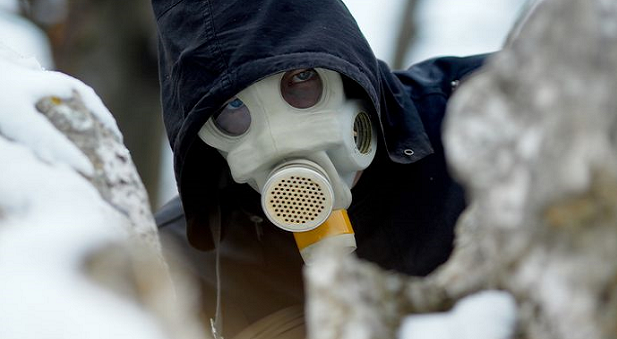

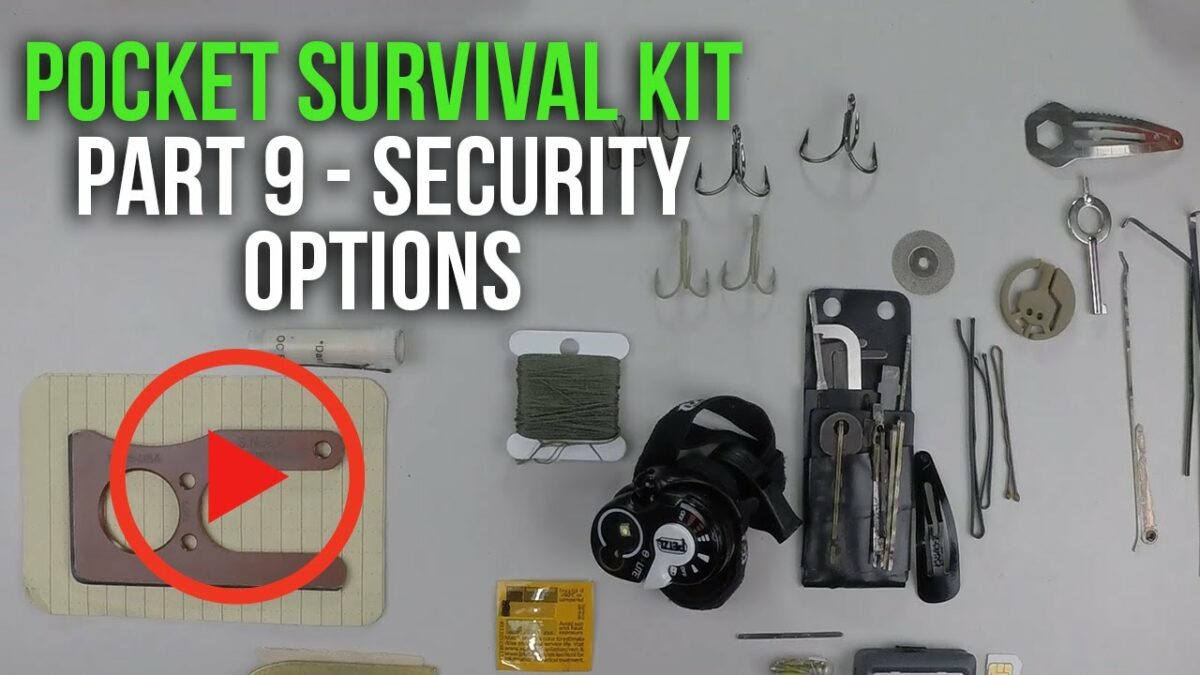
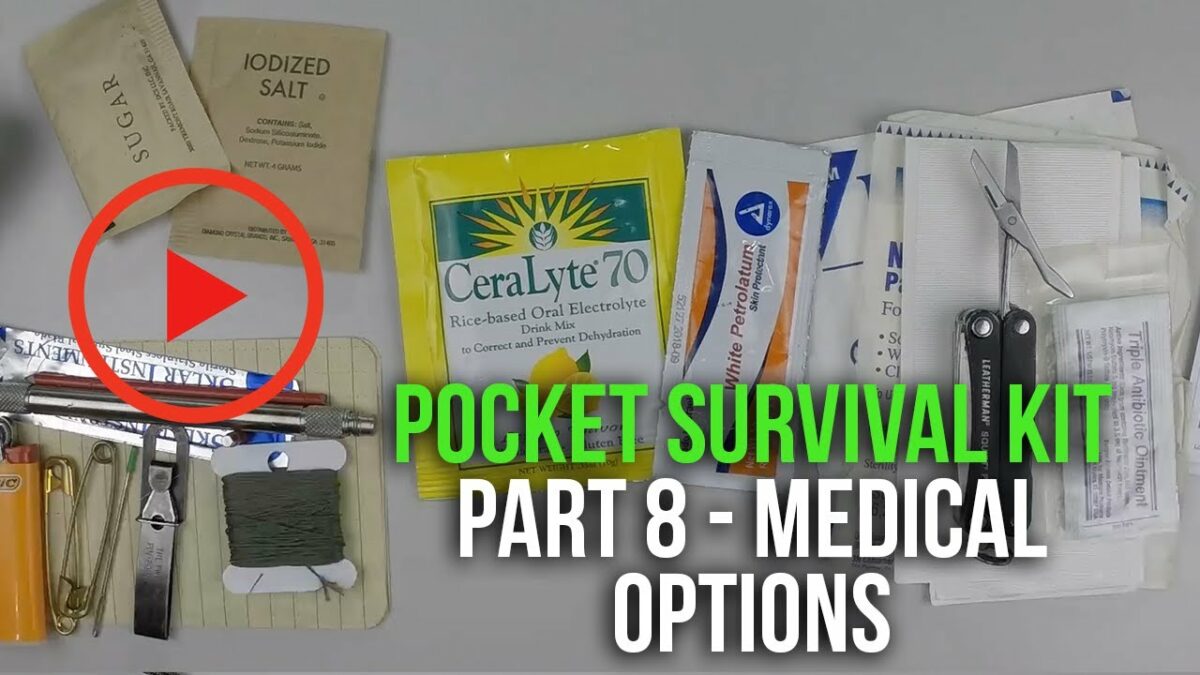
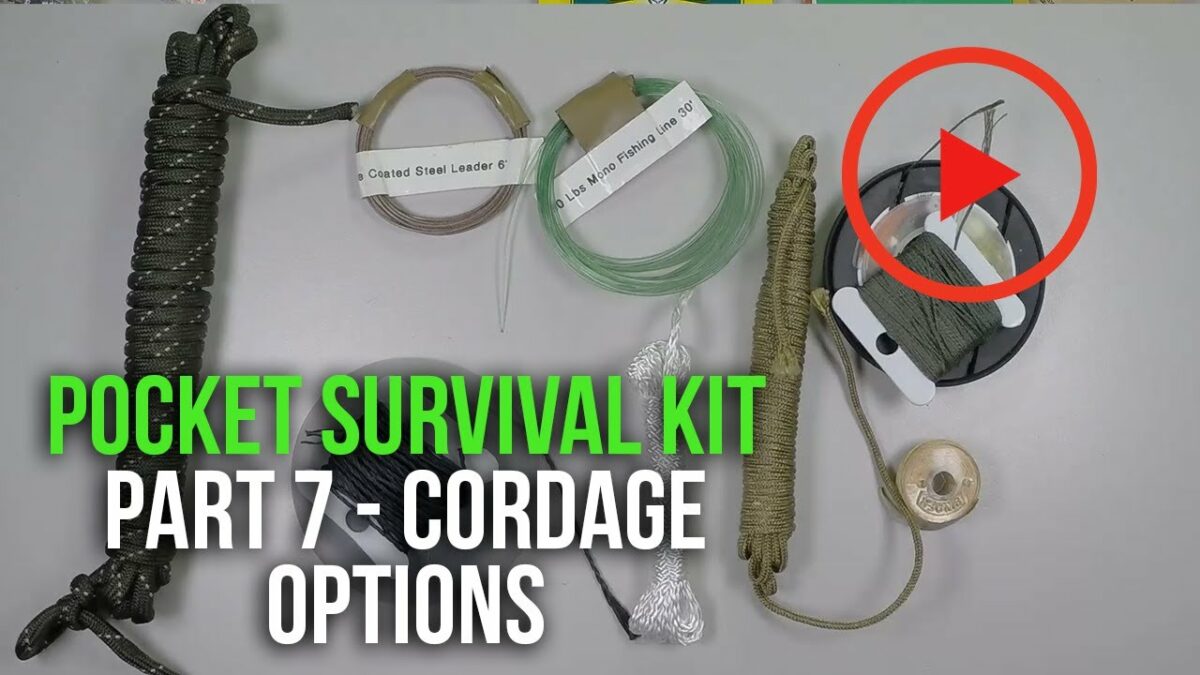
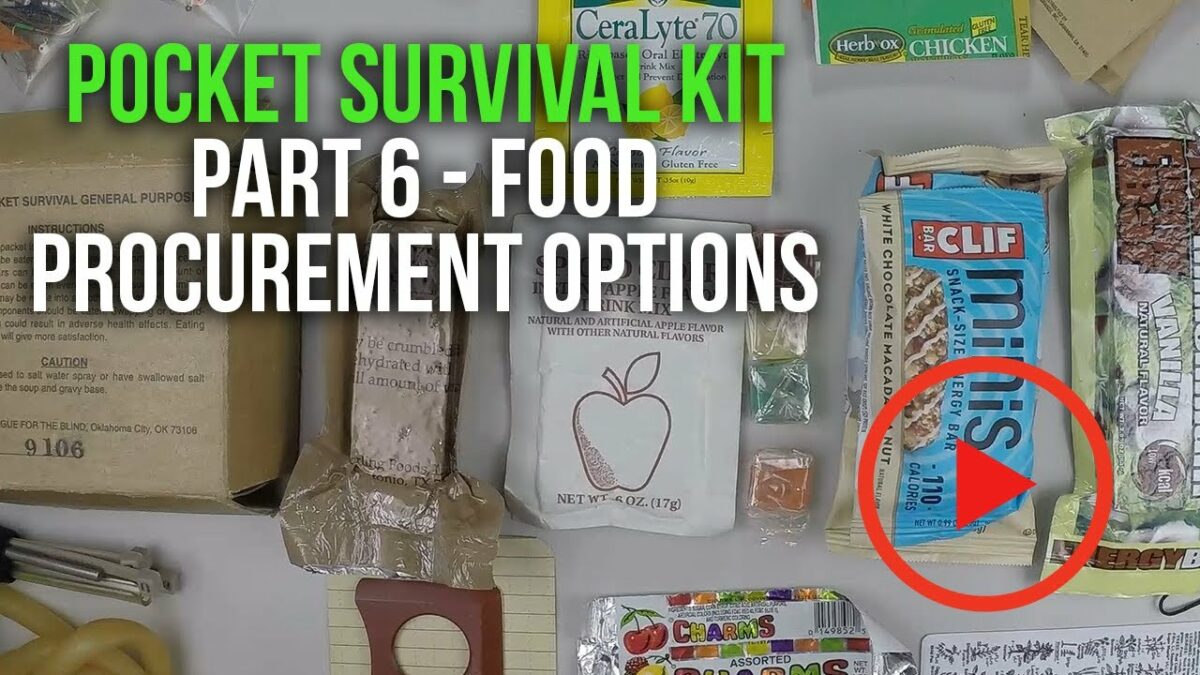


Pingback:How To Escape Your Tail And Avoid Being Followed | Survivalist Basics | Be Prepared For Anything! | November 26, 2014
|
an4nas | October 23, 2015
|
Tyrell, you’re going to have to give me more then that, for me to escape my entourage!lol … as u know
Jane Nowlin | November 26, 2014
|
Any tool of the correct size can also be put underneath a fake bandage or in a cast. Razor blades can be taped to any smooth body part like your inner thigh or chest wall. Chubby people have skin folds that can hide tools as well.
Krys | November 26, 2014
|
To keep dogs from smelling your scent put pepper in your shoes to hide your path of escape or travels. The restaurant size packets are perfect.
Hand sanitizer will kill body orders in a hurry & so will a wet tea bag. The less the dogs smell the better.
Nam Marine | November 27, 2014
|
Some of us, for various reasons, can’t “bug out”. But, I won’t be ” going into that
good night” alone !
SWIFT | November 27, 2014
|
I am also a Nam Marine. Age has caught up to me and I’d probably be better off standing my ground at home. That does not mean I’d be a freebie. I am still an excellent shot, but best of all, I have the mind set to take careful aim and blow a scum bag into eternity. No hesitation, no debate, no troubled conscience, just aim, fire, move to next target. When the smoke clears over America, it is not over. If I live, I will become a hunter.
Pingback:Escape your followers - M14 Forum | November 27, 2014
|
Pingback:How To Escape Your Tail And Avoid Being Followed | OutLive The OutBreak | December 3, 2014
|
Great Grey | March 29, 2015
|
This article makes a very dangerous assumption, that only a group will be following you. A lone person may be looking to raid you for supplies or they could be a scout for a group. Even if you don’t see anyone don’t assume somebody is not following you, and they may show themselves at some point to try and make you go a certain direction. Also going past your destination and circling back to it may help throw them off your track especially if it seems like the direction you were going would lead to a logical place to go.
Pingback:7 Ways To Upgrade Your Home Defense Using Booby Traps | Survival skills, survival guns, survival guide | June 25, 2015
|
Pingback:7 Ways To Upgrade Your Home Defense Using Booby Trapsdisasterdefense.usdisasterdefense.us | disasterdefense.us | June 25, 2015
|
Pingback:7 Ways To Upgrade Your Home Defense Using Booby Traps | The Prepper Dome | June 27, 2015
|
Ian | February 5, 2016
|
If being followed by one or more vehicles then caltrops, if they’re using quads then a thin strand of wire (ideally barbed) across the road. Secure quickly with 2 staples per side.
Try to place them on a blind corner so that if they’re spotted it’s too late to avoid some type of damage or better still, injury/injuries to their group.
Bilge Pump McCoy | August 6, 2016
|
Here’s an interesting tidbit about thermal scopes – they are good but not infallible. They don’t see through glass and if you put something solid (like plywood) between yourself and an observer you can eliminate almost all heat signature. If you know that someone will be looking for you from a certain direction like a road, you could prop up a piece of plywood between you and the road and take a snooze with a reasonable level of confidence that you would not be spotted by a thermal scope. I have tested this with my Flir Scout so I know it will work. I have a few other thermal evasion tricks I am working on and may post them after giving them a good test.